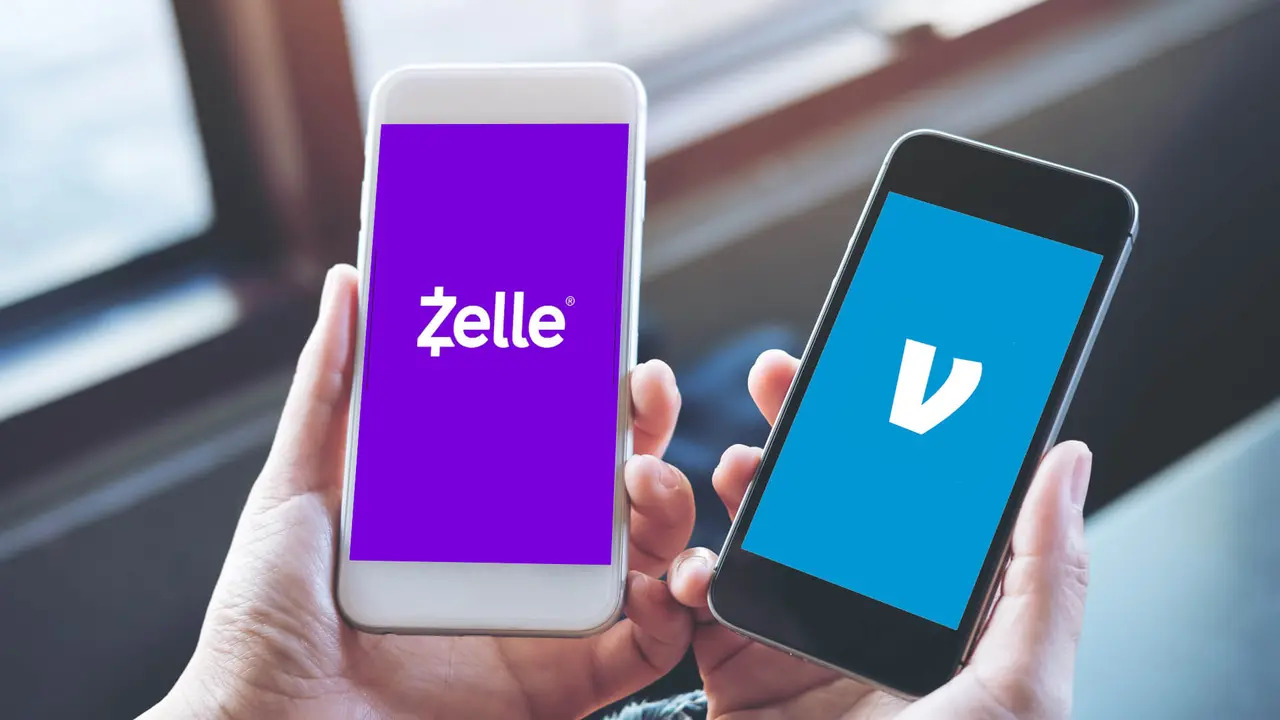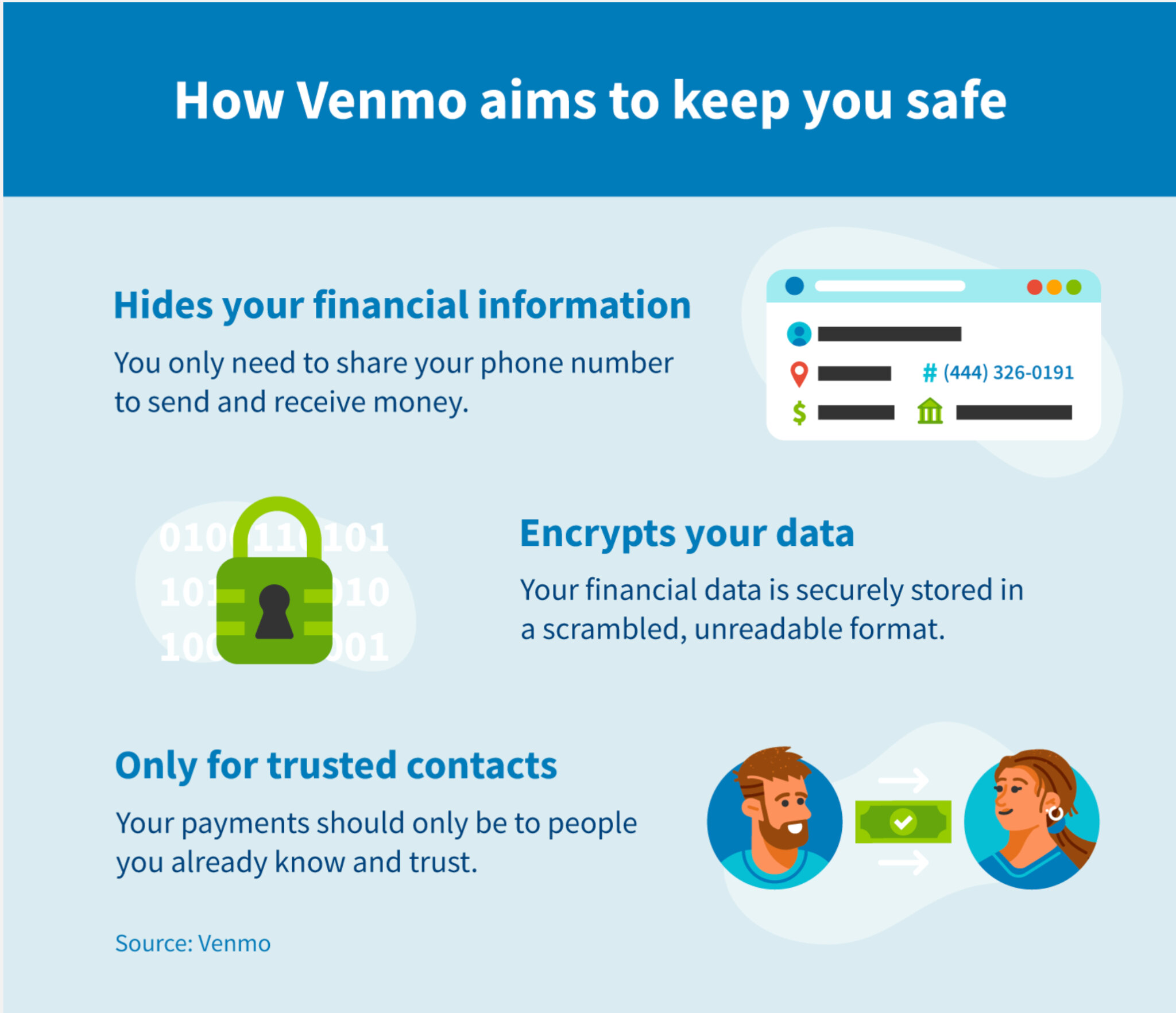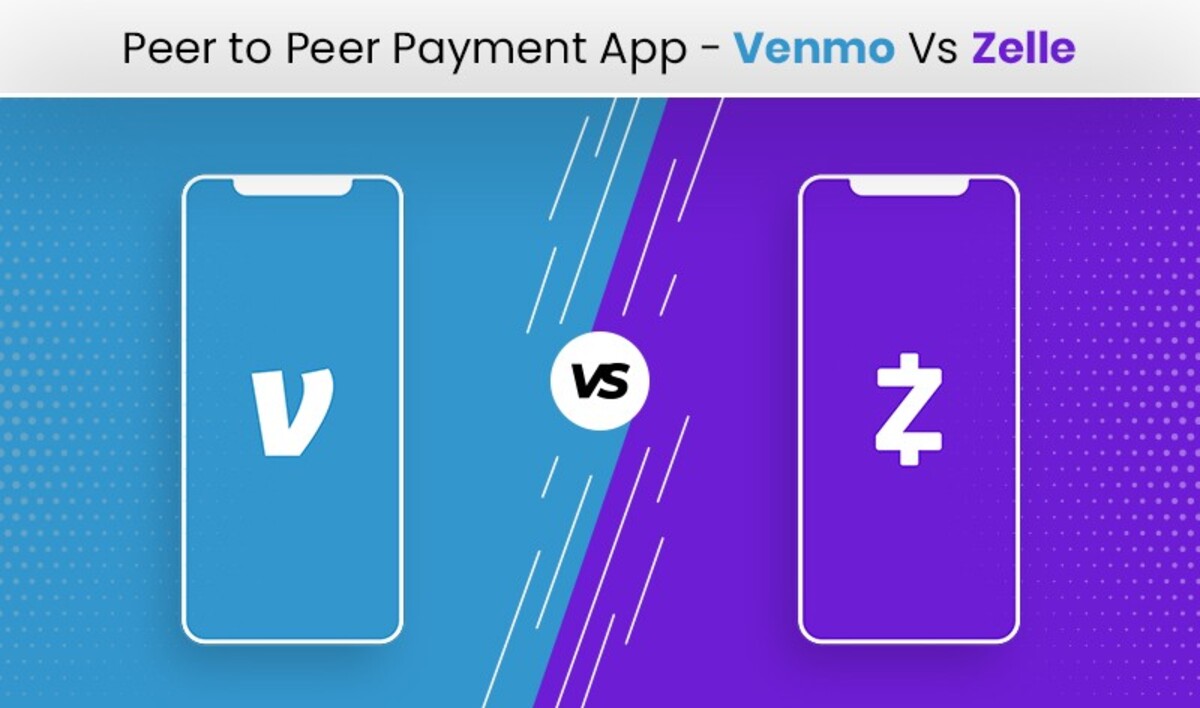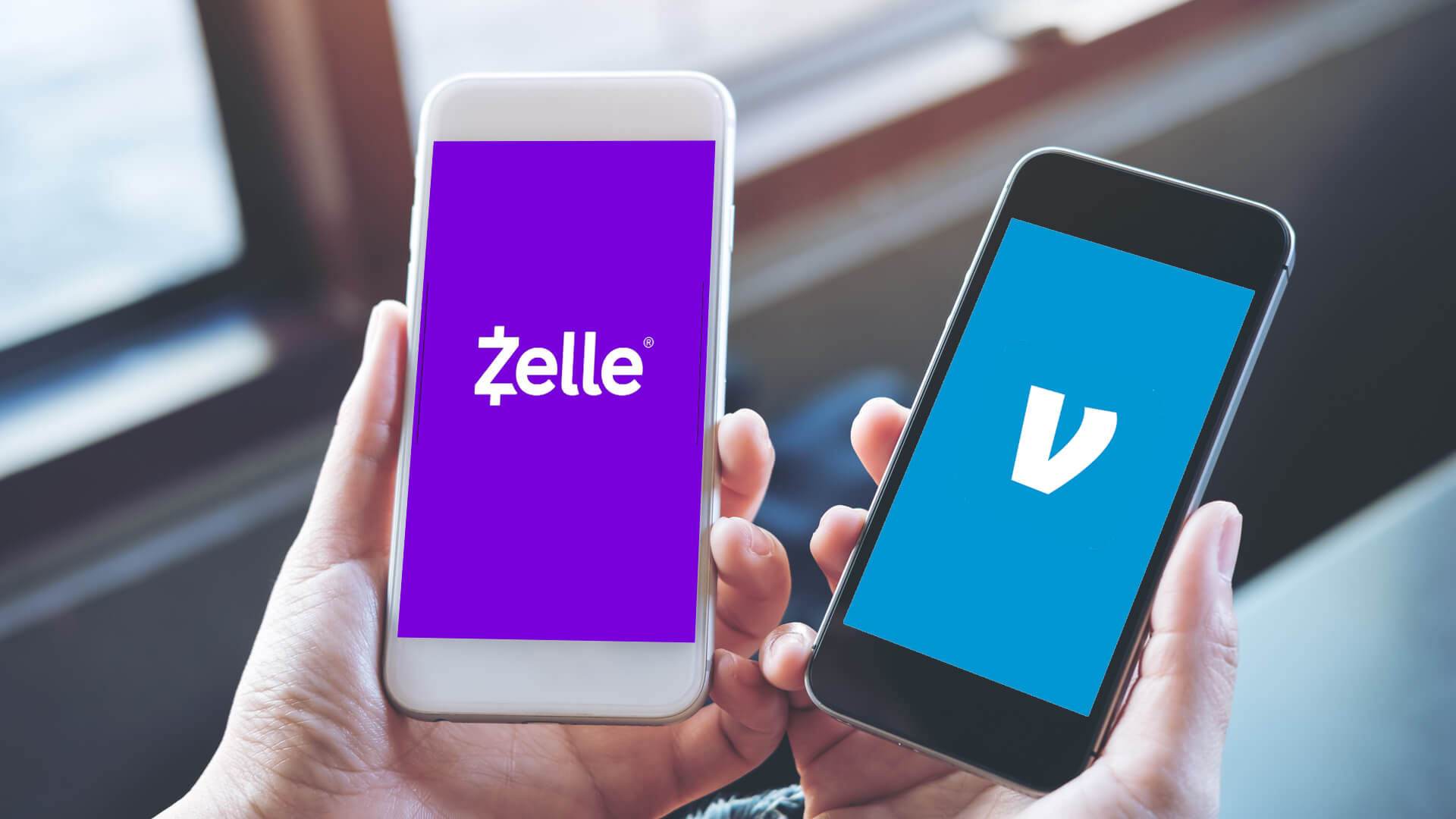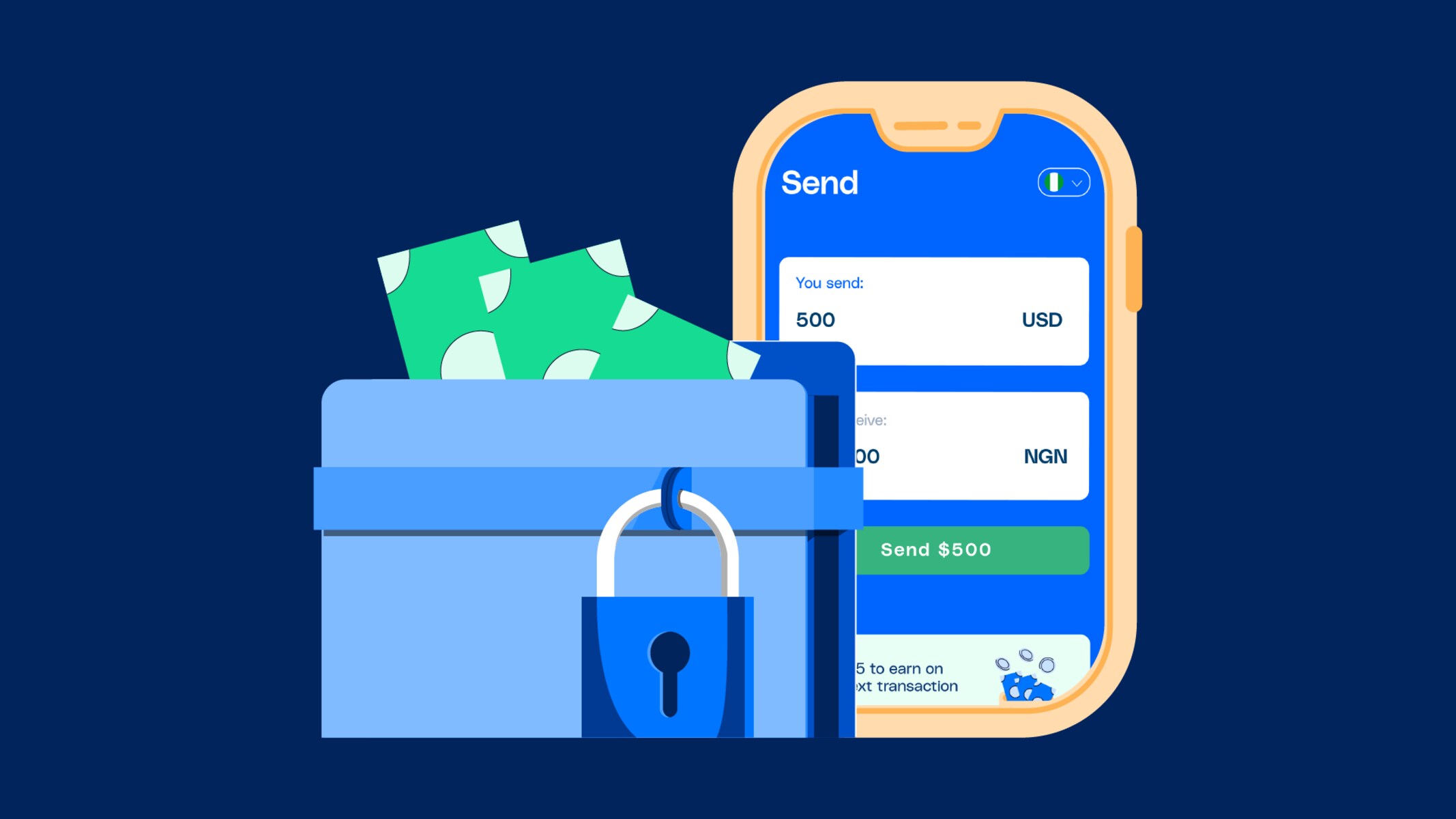Introduction
With the rise in popularity of mobile payment apps, people are now able to send and receive money with just a few taps on their smartphones. Zelle and Venmo are two such platforms that have gained significant traction in the realm of peer-to-peer transactions. Both Zelle and Venmo offer convenient and quick ways to transfer money, but when it comes to the security of your funds, which platform reigns supreme?
In this article, we will compare the security features of Zelle and Venmo to help you make an informed decision. We will delve into aspects such as authentication process, privacy settings, transaction limits, fraud protection, dispute resolution, mobile app security, and customer support.
It’s important to note that both Zelle and Venmo take security seriously and have implemented measures to safeguard their users’ financial information. However, understanding the specific security features each platform offers can help you make the best choice for your individual needs and preferences.
So, let’s dive into the details and evaluate which platform – Zelle or Venmo – provides the safer environment for your monetary transactions.
Security Features of Zelle
Zelle places a strong emphasis on security to ensure that users can transfer funds with peace of mind. Here are some of the key security features offered by Zelle:
Encryption: Zelle employs bank-grade encryption to protect your financial data during transactions. This ensures that your personal and financial information remains encrypted and secure from unauthorized access.
Two-Factor Authentication: To add an extra layer of security, Zelle utilizes two-factor authentication. This means that in addition to entering your username and password, you will also need to provide a verification code sent to your registered mobile device or email address.
Verified Users: Zelle only allows transactions between verified users, which helps prevent fraudulent activities. Before you can use Zelle, you need to link your bank account to the app, thereby confirming your identity.
Real-Time Alerts: Zelle provides real-time alerts for any transaction activity. You will receive notifications of incoming and outgoing transfers, enabling you to promptly detect suspicious transactions and take appropriate action.
Secure Transfer Notifications: Whenever a transfer is initiated, both the sender and recipient receive secure transfer notifications. This ensures that both parties are aware of the transaction, reducing the risk of unauthorized transfers.
Securely Stored Information: Zelle does not store sensitive financial information on your device. It utilizes tokenization, which replaces your bank account details with a unique token, further safeguarding your information.
In summary, Zelle offers a range of robust security features such as encryption, two-factor authentication, verified users, real-time alerts, secure transfer notifications, and securely stored information. These measures work together to create a secure environment for users to transfer funds.
Security Features of Venmo
Venmo, like Zelle, prioritizes the security of its users’ financial transactions. Here are some of the security features offered by Venmo:
Bank-Level Security: Venmo employs industry-standard security measures to protect your financial information. It uses bank-level encryption to ensure that your data is securely transmitted and stored.
Passcode and Biometric Authentication: Venmo allows users to set up a passcode or biometric authentication (such as fingerprint or face recognition) to access their accounts. This adds an extra layer of security by preventing unauthorized access.
Transaction Privacy: Venmo allows you to control the visibility of your transactions. You can choose to make your transactions public, visible only to your friends, or completely private. This gives you control over who can see your financial activity on the platform.
Transaction Notifications: Venmo provides real-time notifications for any transaction activity. You will receive alerts whenever money is sent, received, or requested, allowing you to monitor your account and quickly identify any unauthorized or suspicious transactions.
Bank Verification: To enhance security, Venmo requires users to link their bank accounts. This verification process adds an extra layer of identity confirmation and helps prevent fraudulent transactions.
Two-Factor Authentication: Venmo offers optional two-factor authentication to provide an additional safeguard for your account. By enabling this feature, you will need to enter a unique verification code sent to your registered mobile device in addition to your login credentials.
Venmo has implemented a range of security features such as bank-level security, passcode and biometric authentication, transaction privacy settings, transaction notifications, bank verification, and two-factor authentication. These features work together to enhance the security of your financial transactions on the Venmo platform.
Authentication Process
The authentication process is a crucial aspect of ensuring the security of your financial transactions. Let’s examine how Zelle and Venmo handle authentication:
Zelle: When you sign up for Zelle, you will need to link your bank account to the app. This initial verification process confirms your identity and enables you to send and receive money. To access your Zelle account, you will need to provide your username and password, along with a two-factor authentication code sent to your registered mobile device or email address. This two-factor authentication adds an extra layer of security by verifying your identity before granting access to your account.
Venmo: Venmo also requires users to link their bank accounts during the registration process. This step helps verify your identity and facilitates seamless transactions. To access your Venmo account, you will enter your login credentials, which may include a passcode or biometric authentication for added security.
Both Zelle and Venmo implement strong authentication measures to protect your account. The requirement to link your bank account during the registration process helps verify your identity and ensure that only authorized users can access the platforms.
It’s important to note that while authentication processes add an additional layer of security, it is essential to choose a strong, unique password and protect your login credentials to further safeguard your account.
Privacy Settings
Privacy settings play a vital role in controlling who can access and view your financial transactions on Zelle and Venmo. Let’s explore the privacy settings offered by each platform:
Zelle: Zelle provides users with limited privacy settings. Transactions made through Zelle are typically visible only to the sender and recipient. Once a transfer is completed, the transaction details are stored securely in your account history, accessible only to you. However, it’s worth noting that Zelle is primarily focused on facilitating direct bank transfers, and therefore, additional privacy customization options may be limited.
Venmo: Venmo offers various privacy settings to give users more control over their financial transactions. You can choose between public, friends-only, or private settings for all your transactions. The public option allows anyone on Venmo to see your transactions, acting as a social feed. The friends-only option restricts transaction visibility to your approved connections. The private setting ensures that your transactions are visible only to you, providing the highest level of privacy.
It is important to consider your preferences and the level of privacy you desire when selecting a payment platform. Venmo, with its flexible privacy settings, allows you to customize the visibility of your transactions, giving you more control over who sees your financial activity.
Transaction Limits
Transaction limits are an essential factor to consider when choosing a mobile payment app. Let’s compare the transaction limits of Zelle and Venmo:
Zelle: Zelle does not impose specific transaction limits on its platform. Instead, the transaction limits are determined by your individual bank or credit union. Therefore, the maximum amount you can send or receive using Zelle will depend on your bank’s policies and the agreement you have with them. It’s important to note that some banks may impose daily or monthly limits for security reasons, so it’s advisable to check with your bank to understand their specific limits.
Venmo: Venmo imposes transaction limits for its users. By default, newly registered users have a weekly transaction limit of $299.99. However, you can increase this limit by verifying your identity. Once your identity is verified, you can raise your weekly transaction limit up to $4,999.99. It’s important to note that these limits are subject to change based on Venmo’s policies and may vary for different account types or user statuses.
When choosing between Zelle and Venmo, it is essential to consider your intended transaction amounts. If you frequently transfer large sums of money, Zelle’s lack of explicit transaction limits may be beneficial. However, if you require higher weekly transaction limits, Venmo offers the flexibility to increase your limit by verifying your identity.
Fraud Protection
Fraud protection is a crucial aspect to consider when entrusting your money with a mobile payment app. Here’s how Zelle and Venmo prioritize fraud protection:
Zelle: Zelle takes fraud protection seriously and has implemented measures to minimize the risk of unauthorized transactions. Since Zelle is integrated with your bank account, it benefits from the robust fraud protection mechanisms provided by your financial institution. If any fraudulent transaction occurs through Zelle, you can contact your bank and work with them to investigate and resolve the issue. It’s important to note that Zelle does not offer buyer or seller protection for goods or services, as it primarily focuses on facilitating direct bank transfers.
Venmo: Venmo also prioritizes fraud protection and offers certain safeguards for its users. Venmo’s fraud protection covers unauthorized transactions and unauthorized access to your account. In case of fraudulent activity, you should report it to Venmo immediately. Venmo’s team will investigate the issue and work with you to resolve any unauthorized transactions. However, it’s important to note that Venmo’s fraud protection primarily covers unauthorized transactions within the Venmo app and does not extend to disputes regarding goods or services exchanged between users.
While both Zelle and Venmo have implemented fraud protection measures, it’s important to understand the specific coverage and limitations when it comes to unauthorized transactions. It is advisable to review the terms and conditions of each platform to fully understand the extent of their fraud protection policies.
Dispute Resolution
Disputes can sometimes arise during financial transactions, and it’s crucial to understand how Zelle and Venmo handle such situations. Let’s explore the dispute resolution processes of both platforms:
Zelle: Zelle does not provide a direct dispute resolution process for transactions made through its platform. Since Zelle operates as a facilitator of direct bank transfers, any disputes or issues related to transactions are primarily handled by your respective bank. If you encounter a problem with a transaction conducted through Zelle, it’s best to contact your bank directly to initiate a dispute resolution process. Your bank will guide you through the necessary steps to resolve the issue.
Venmo: Venmo offers a dispute resolution process to help users resolve transaction-related issues. If you encounter a problem with a transaction on Venmo, you can initiate a dispute by contacting the Venmo support team through the app or website. Venmo will investigate the matter and work towards a resolution. It’s important to provide any relevant details and documentation to support your claim during the dispute resolution process.
It’s worth noting that both Zelle and Venmo advise users to engage in transactions with trusted individuals to reduce the likelihood of disputes. Exercise caution when conducting transactions with unfamiliar or unverified users to mitigate potential risks.
While Venmo provides a dedicated dispute resolution process, Zelle relies on the dispute resolution mechanisms provided by individual banks. Understanding the platform’s dispute resolution procedures can help you make an informed decision based on your preferences and needs.
Mobile App Security
Mobile app security is essential to protect your financial information and transactions. Let’s explore how Zelle and Venmo prioritize mobile app security:
Zelle: Zelle incorporates various security measures within its mobile app to safeguard user data. The app utilizes bank-grade encryption to protect sensitive information during transactions and while stored on the device. Additionally, Zelle requires you to authenticate using a username, password, and a two-factor authentication code, which adds an extra layer of security. Zelle also ensures that sensitive financial data is securely stored, utilizing tokenization to replace bank account details with unique tokens. It’s important to keep the Zelle app updated to benefit from the latest security enhancements.
Venmo: Venmo places a strong emphasis on mobile app security to protect user information. Similar to Zelle, Venmo utilizes encryption to secure data during transactions and storage. To access your Venmo account, you can set up a passcode or use biometric authentication (such as fingerprint or face recognition) to provide an additional layer of security. Venmo also prompts users to enable device-level security, such as enabling a device passcode or using biometric authentication, to further enhance app security. Regular app updates ensure that you have the latest security features and patches.
Both Zelle and Venmo prioritize mobile app security through encryption, authentication processes, and regular updates. It’s important to ensure that you follow recommended security practices, such as using strong and unique passwords, enabling two-factor authentication, and keeping your mobile device’s operating system up to date, to further protect your account.
Customer Support
Efficient and responsive customer support is crucial when dealing with any issues or concerns while using a mobile payment app. Let’s examine the customer support services provided by Zelle and Venmo:
Zelle: Zelle offers customer support primarily through the user’s respective bank. Since Zelle is integrated with participating banks, any issues or inquiries regarding transactions or account-related matters are typically handled by the bank’s customer support team. If you encounter any difficulties or have questions about Zelle, it’s best to contact your bank directly for assistance. The bank’s customer support will address your concerns and provide guidance specific to your Zelle usage.
Venmo: Venmo provides customer support directly through their app and website. Users can access the Venmo Support Center, which offers detailed guides, FAQs, and troubleshooting resources to address common issues. Additionally, Venmo offers email support where users can reach out to the support team for further assistance. Response times may vary, but Venmo aims to provide timely and helpful responses to user inquiries.
When it comes to customer support, Venmo has a more direct and accessible approach, offering in-app resources and email support. However, Zelle relies on the customer support services provided by individual banks. It’s recommended to review the available support options and consider your preferred method of communication and responsiveness when choosing between Zelle and Venmo.
Conclusion
When it comes to choosing between Zelle and Venmo, both platforms offer convenient and quick ways to transfer money. However, considering the security features, authentication process, privacy settings, transaction limits, fraud protection, dispute resolution, mobile app security, and customer support, it’s evident that each platform has its strengths.
Zelle prioritizes security by implementing bank-grade encryption, two-factor authentication, and verification of users through their respective banks. It also offers real-time alerts and secure transfer notifications for added security. However, Zelle’s privacy settings are limited, and it relies on individual bank’s customer support services for assistance.
Venmo also emphasizes security by employing bank-level encryption, passcodes, and biometric authentication. It provides more flexible privacy settings, allowing users to control the visibility of their transactions. Venmo offers a dedicated dispute resolution process and provides direct customer support through their app and website, which can be advantageous for addressing any concerns.
Ultimately, the choice between Zelle and Venmo depends on your specific needs and preferences. If you prioritize strong authentication and rely on a trusted bank for support, Zelle might be a suitable option. On the other hand, if privacy customization, higher transaction limits, and direct customer support are important to you, Venmo may be the preferred platform.
Remember, regardless of the platform you choose, it is essential to follow best security practices such as using strong passwords, enabling two-factor authentication, and monitoring your transactions regularly to ensure the safety of your funds.







